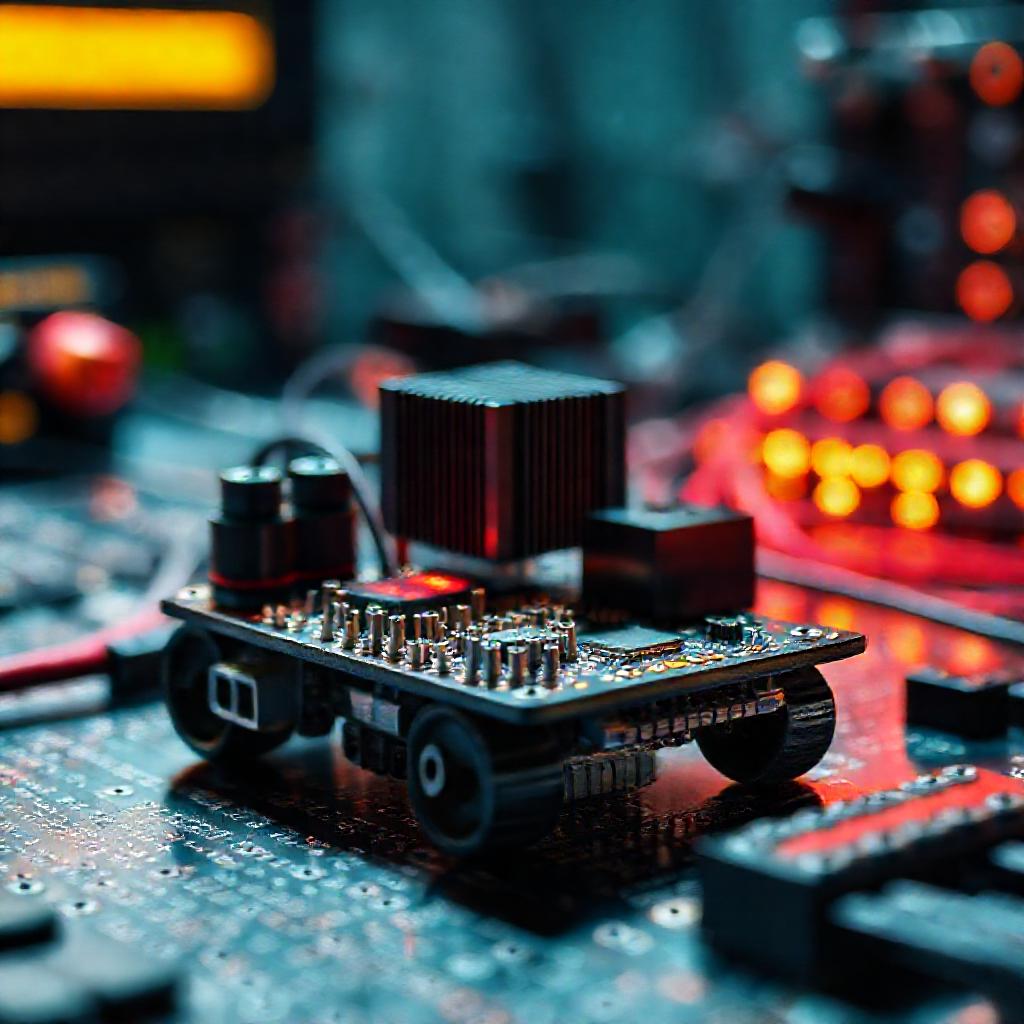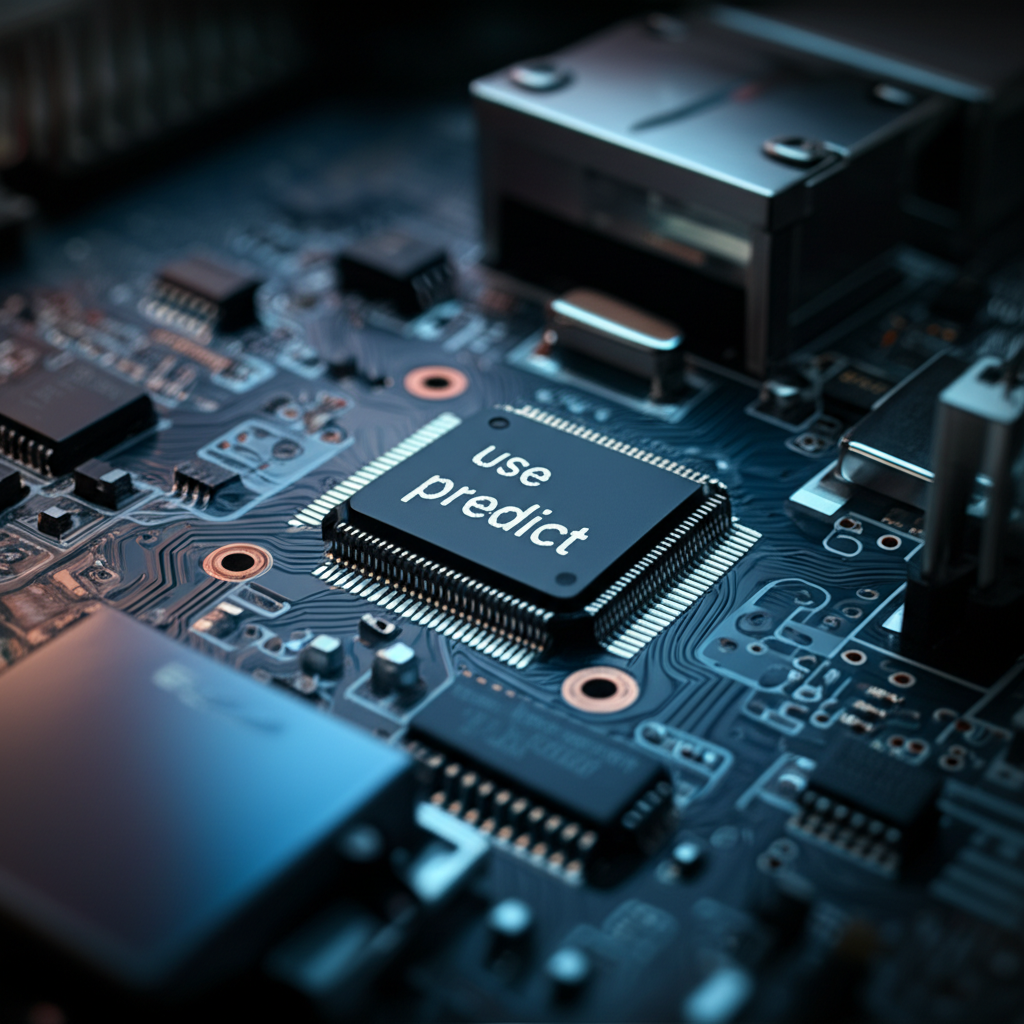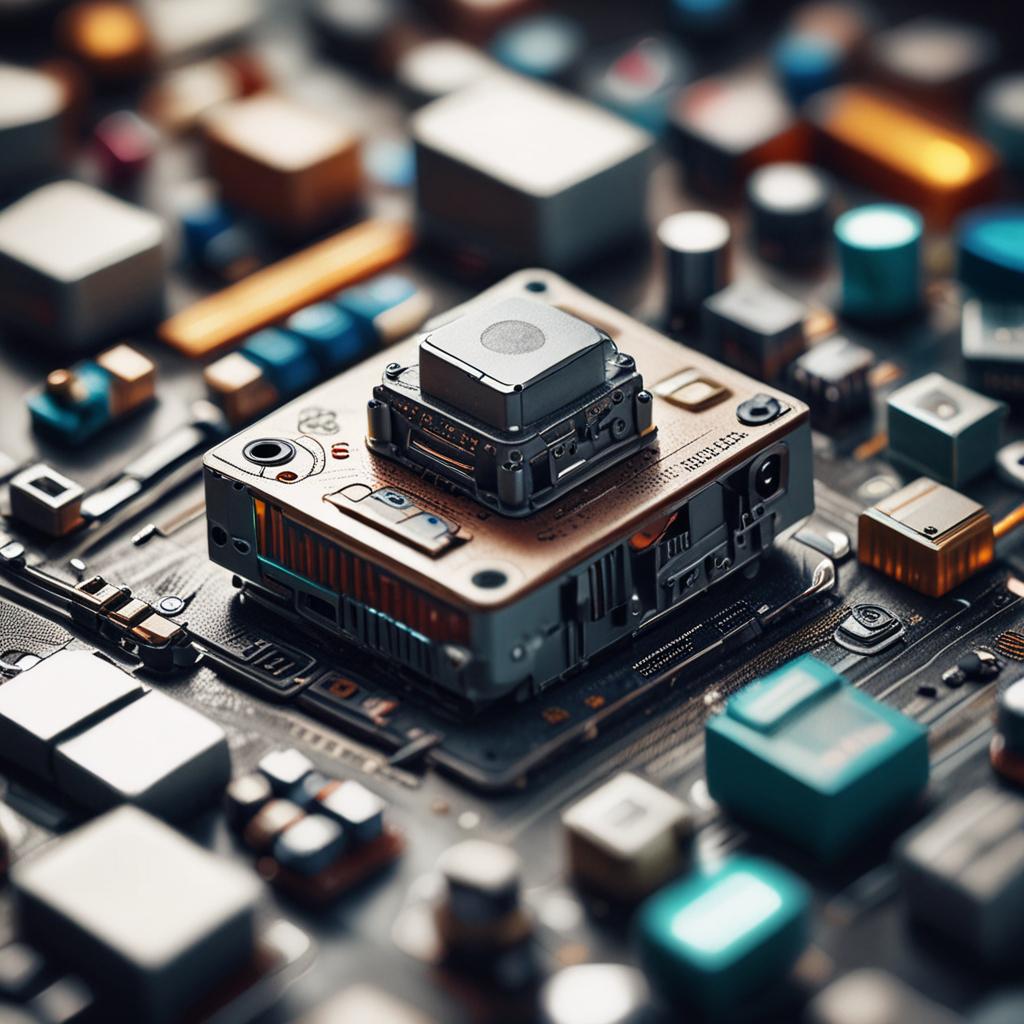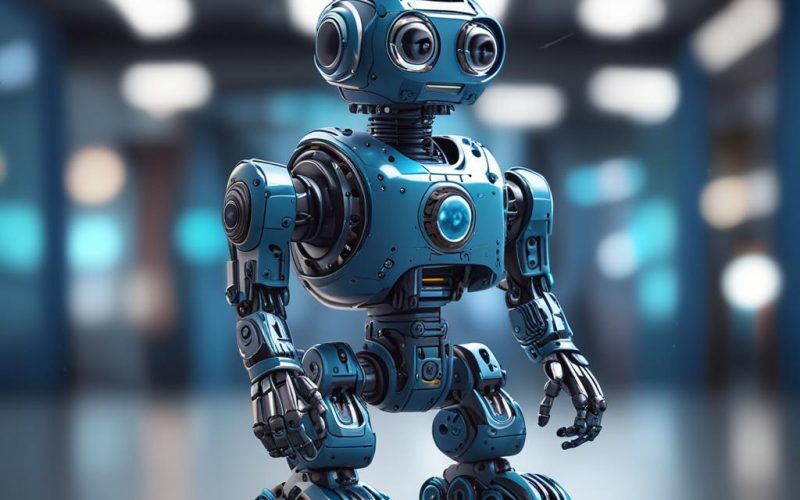Table of Contents Show
In the rapidly advancing world of robotics, small robots are playing an increasingly vital role across industries—from precision surgery and warehouse automation to environmental monitoring and search-and-rescue operations. As these compact machines operate in dynamic and often unpredictable environments, their ability to maintain stability and respond effectively to external forces becomes critical. This is where Artificial Intelligence (AI) steps in, offering powerful tools to predict motion and vibration in real time. By leveraging AI, engineers can enhance the performance, safety, and longevity of small robots, ensuring they move with precision and adapt to changing conditions without compromising structural integrity.
Overview of Small Robots and AI Integration
Small robots, typically defined as autonomous or semi-autonomous systems under a certain size and weight threshold, are designed for tasks requiring agility, portability, and access to confined spaces. Their applications span medical devices like endoscopic robots, micro-drones for surveillance, and miniature industrial arms used in electronics manufacturing. Integrating AI into these systems allows them to process sensory data, learn from their environment, and make intelligent decisions. One of the most impactful applications of AI in this domain is the prediction of motion and vibration—enabling robots to anticipate movements, adjust balance, and avoid resonance-induced damage.
Predicting motion and vibration with AI helps small robots respond proactively rather than reactively. For instance, a robotic drone navigating turbulent air can adjust its flight path and motor output if it anticipates instability. This predictive capability not only improves operational efficiency but also reduces wear and tear on mechanical components.
Importance of Motion and Vibration Prediction
Accurate prediction of motion and vibration is essential for maintaining control, ensuring precision, and preventing mechanical failure in small robots. Unpredicted vibrations can lead to oscillations that degrade performance or cause structural fatigue over time. In sensitive tasks such as surgical procedures or micro-assembly, even minor uncontrolled movements can result in critical errors.
Failure to predict these dynamics can lead to catastrophic outcomes, including loss of balance, collision with obstacles, or complete system breakdown. For example, a small delivery robot operating on uneven terrain might experience harmonic vibrations that, if left unchecked, could destabilize its navigation system. By forecasting these behaviors, AI enables preemptive corrections, ensuring smoother, safer, and more reliable operation.
Understanding AI-Powered Prediction Models
Introduction to AI Models for Prediction
AI-powered prediction models rely on machine learning algorithms to analyze historical and real-time data and forecast future motion or vibration patterns. Commonly used models include recurrent neural networks (RNNs), long short-term memory (LSTM) networks, and convolutional neural networks (CNNs). These models excel at identifying temporal patterns in sequential data, making them ideal for processing sensor outputs over time.
These models learn by being trained on large datasets that capture how a robot behaves under various conditions. Once trained, they can detect subtle precursors to instability—such as unexpected frequency spikes in motor vibrations—and issue alerts or trigger corrective actions before issues escalate.
Training AI Models for Small Robots
Training an AI model for motion and vibration prediction requires collecting high-quality data from small robots during normal and extreme operations. This data typically includes inputs from accelerometers, gyroscopes, motor current sensors, and environmental sensors measuring temperature, humidity, and surface texture.

The training process involves labeling data samples with corresponding motion states—such as stable, oscillating, or vibrating—and feeding them into the model. Over time, the AI learns to associate specific sensor patterns with future behaviors. For example, a sudden increase in motor torque combined with lateral acceleration might signal an upcoming tilt, allowing the model to predict and mitigate it.
Progress Overview
Progress analysis for Use Ai to Predict Motion or Vibration in Small Robots

Implementing AI in Small Robots for Motion and Vibration Prediction
Hardware and Software Requirements
Effective implementation of AI-based prediction systems requires a combination of capable hardware and robust software. Key hardware components include microelectromechanical systems (MEMS) sensors for detecting movement and vibration, microcontrollers or single-board computers (like Raspberry Pi or NVIDIA Jetson Nano) for on-board processing, and wireless communication modules for data transmission.
On the software side, frameworks such as TensorFlow Lite, PyTorch Mobile, or ROS (Robot Operating System) are commonly used to deploy lightweight AI models on resource-constrained devices. Programming languages like Python and C++ are preferred for developing and optimizing these models for real-time inference.
Integration of AI Models with Robot Systems
Integrating AI models into a robot’s control loop involves embedding the trained model within the robot’s decision-making architecture. The model continuously receives sensor data, processes it, and outputs predictions that inform the robot’s motor controllers or navigation system.
Challenges during integration include ensuring low-latency inference, managing power consumption, and handling limited computational resources. Additionally, the model must be robust enough to generalize across different environments and operating conditions. Techniques such as model quantization and edge computing help overcome these hurdles by optimizing model size and enabling faster on-device processing.
Applications and Benefits of AI-Powered Motion and Vibration Prediction
Enhanced Stability and Efficiency
AI-driven prediction significantly improves the stability and operational efficiency of small robots. For example, autonomous drones equipped with predictive models can adjust rotor speeds in anticipation of wind gusts, maintaining smooth flight paths. Similarly, legged robots traversing rough terrain can modify gait patterns based on predicted ground interactions, reducing energy consumption and improving mobility.
In industrial settings, small robotic arms used in pick-and-place operations benefit from vibration prediction by minimizing settling time after movement, increasing throughput and accuracy. These enhancements translate into faster, more reliable automation across sectors.

Safety and Maintenance
Predictive capabilities also enhance safety by enabling robots to avoid hazardous movements before they occur. A robot operating near humans, such as in collaborative manufacturing, can halt or reroute if it predicts a sudden jerk or imbalance. This proactive response reduces the risk of injury and equipment damage.
Moreover, continuous monitoring and prediction support predictive maintenance strategies. By identifying early signs of abnormal vibration—indicative of misalignment, bearing wear, or motor degradation—AI systems can alert operators before failures occur, reducing downtime and extending the robot’s operational lifespan.
Challenges and Future Directions
Current Limitations and Challenges
Despite its promise, AI-based motion and vibration prediction faces several challenges. Data quality is paramount; noisy or incomplete sensor readings can degrade model accuracy. Additionally, collecting sufficient training data across diverse scenarios remains difficult, especially for rare failure events.
Model complexity and real-time processing demands pose further constraints. Small robots often lack the computational power to run large neural networks efficiently. Ensuring model interpretability and reliability under unforeseen conditions is also a key concern, particularly in safety-critical applications.
Future Research and Development
Future advancements may focus on developing more efficient AI architectures tailored for edge devices, such as spiking neural networks or federated learning systems that allow robots to collaboratively improve models without sharing raw data. Improved sensor fusion techniques and self-supervised learning could reduce reliance on labeled datasets.
Looking ahead, AI-powered prediction could enable swarms of small robots to coordinate movements with minimal interference, or allow micro-robots inside the human body to navigate safely through pulsating environments. As AI and robotics continue to converge, the ability to predict and manage motion and vibration will become a cornerstone of intelligent, adaptive machines.
Conclusion
Using AI to predict motion and vibration in small robots represents a transformative leap in robotics technology. By enabling machines to anticipate and respond to dynamic conditions, AI enhances stability, efficiency, safety, and maintenance. While challenges remain in data quality, model optimization, and real-time deployment, ongoing research is steadily overcoming these barriers.
The future of robotics lies in intelligent systems that not only react but also foresee. As AI models become more sophisticated and accessible, their integration into small robots will unlock new levels of autonomy and reliability. Continued innovation and interdisciplinary collaboration will be key to realizing the full potential of AI-driven motion and vibration prediction in the next generation of robotic systems.
FAQ
What types of AI models are most effective for predicting motion and vibration in small robots?
Machine learning models, particularly those that can handle real-time data and adapt to changing conditions, are most effective.
- How does the size of the robot affect the complexity of motion and vibration prediction?
Smaller robots often have more complex motion patterns due to their size and weight, making prediction more challenging. - Can AI-powered prediction systems be used for other applications beyond small robots?
Yes, the principles and technologies can be applied to larger robots, vehicles, and even non-robotic mechanical systems to predict and manage motion and vibration. - What is the role of sensor technology in AI-powered motion and vibration prediction?
Sensors provide the critical data necessary for training and operating AI models, making their accuracy and reliability paramount. - How often should AI models be updated or retrained for motion and vibration prediction in small robots?
Models should be periodically updated or retrained as new data becomes available or when operational conditions change to maintain predictive accuracy.




